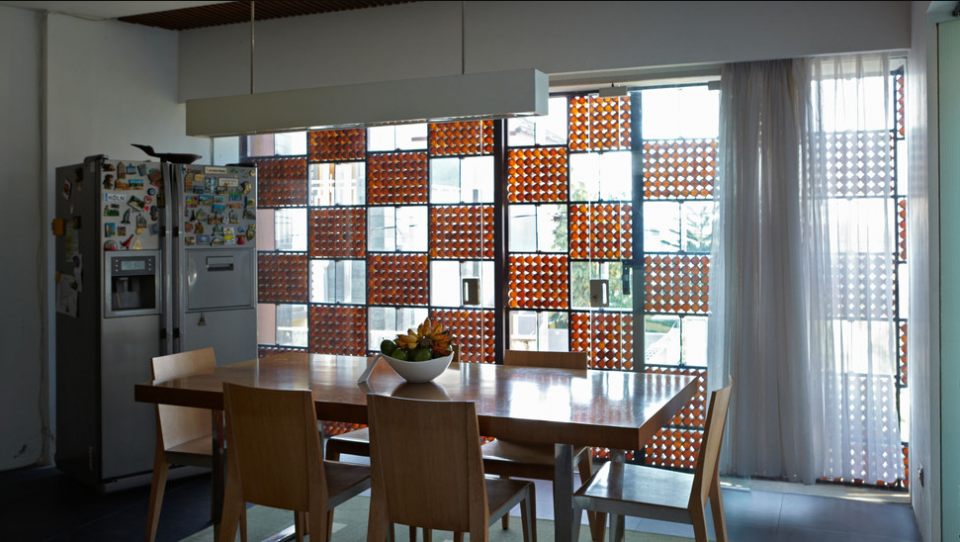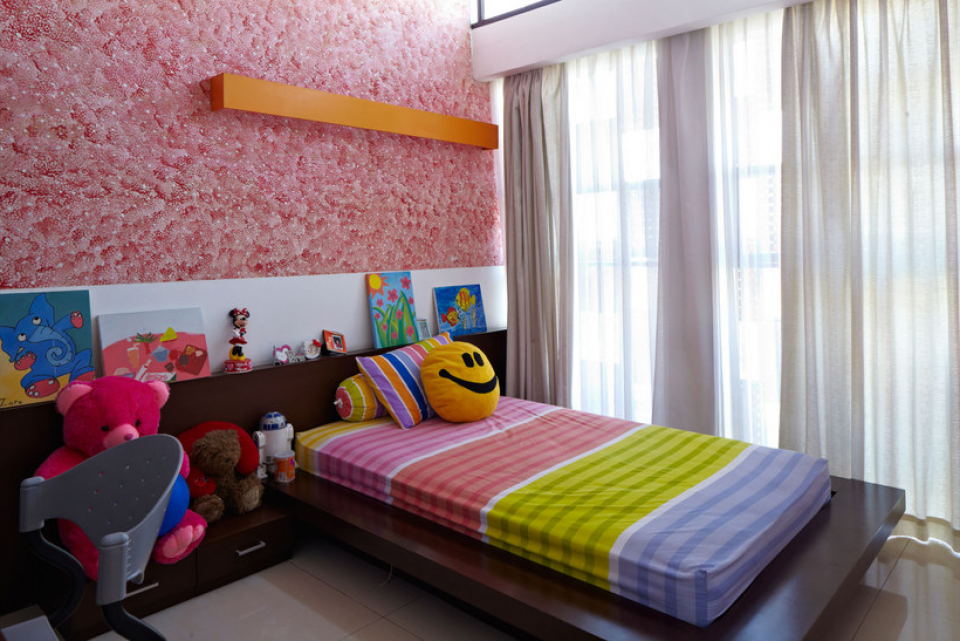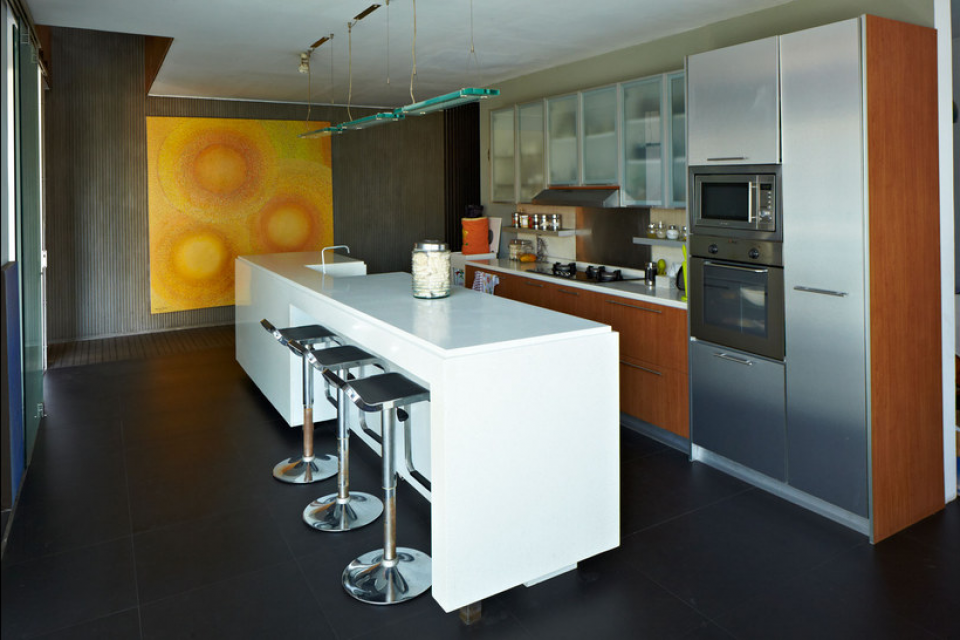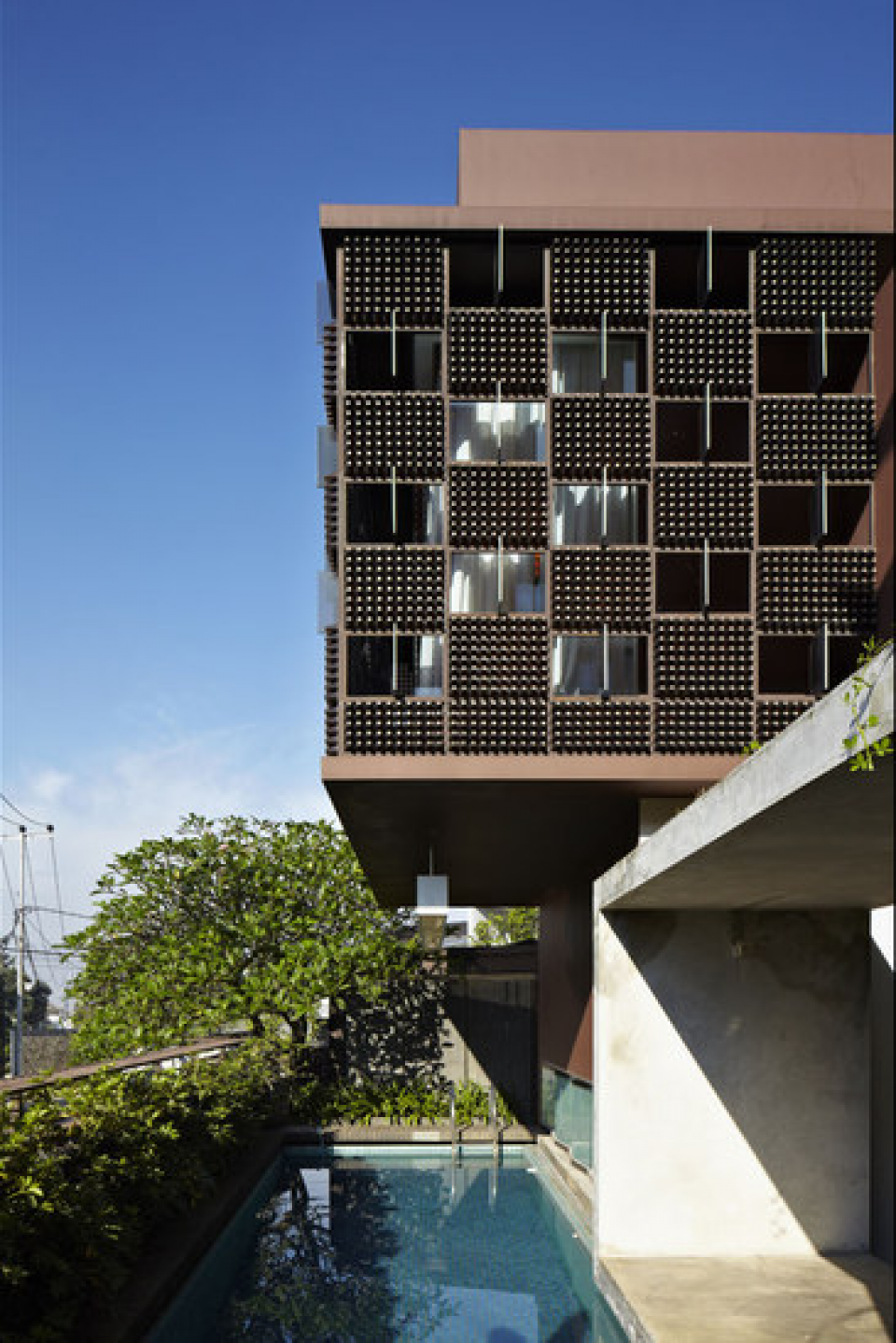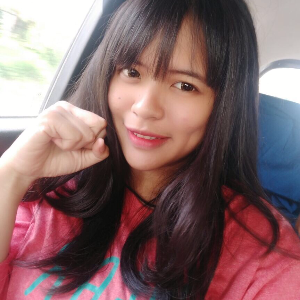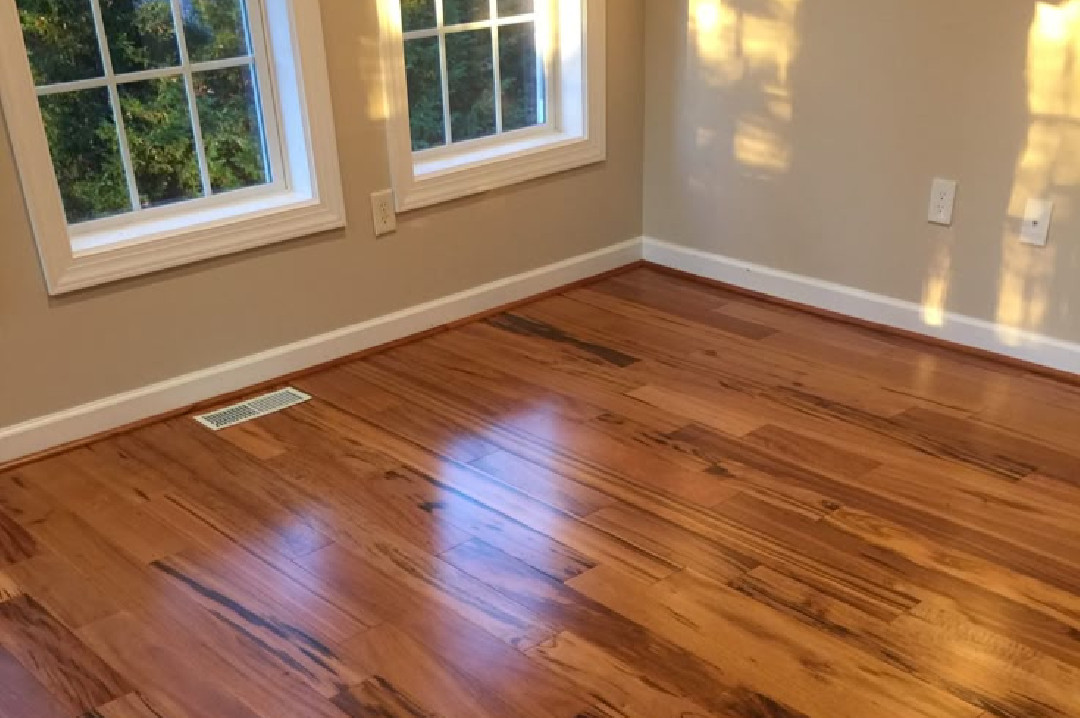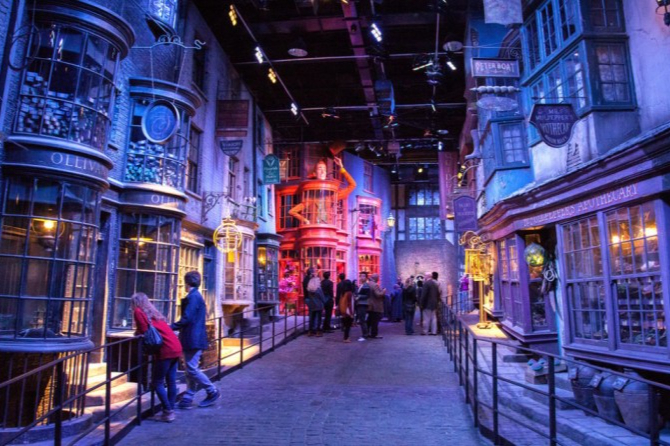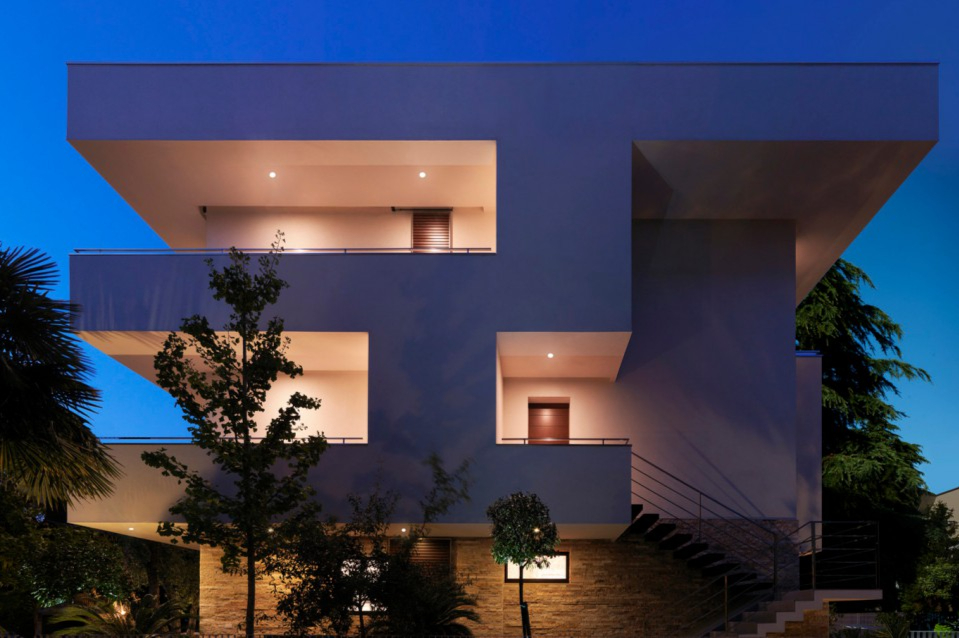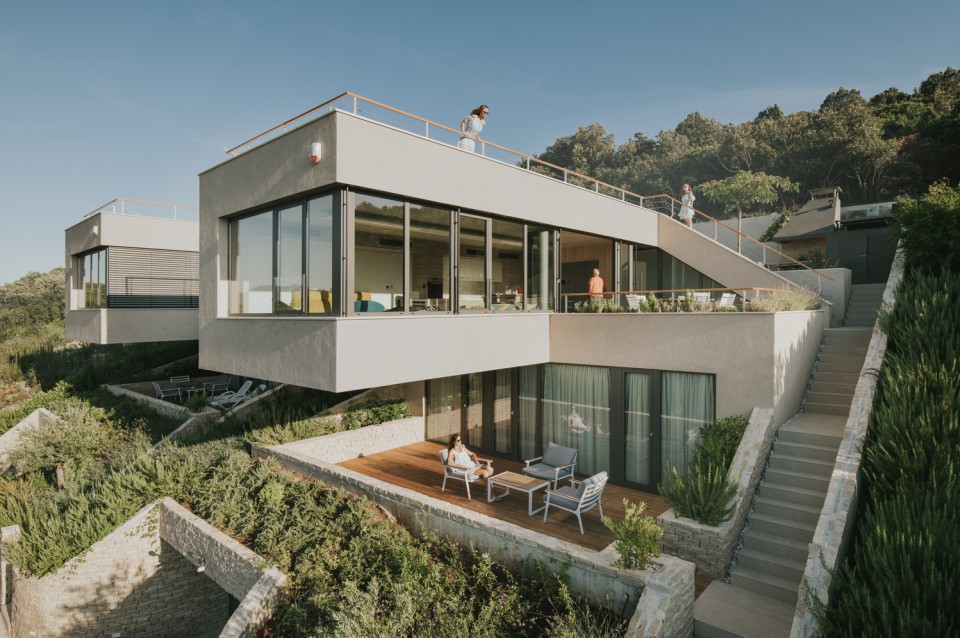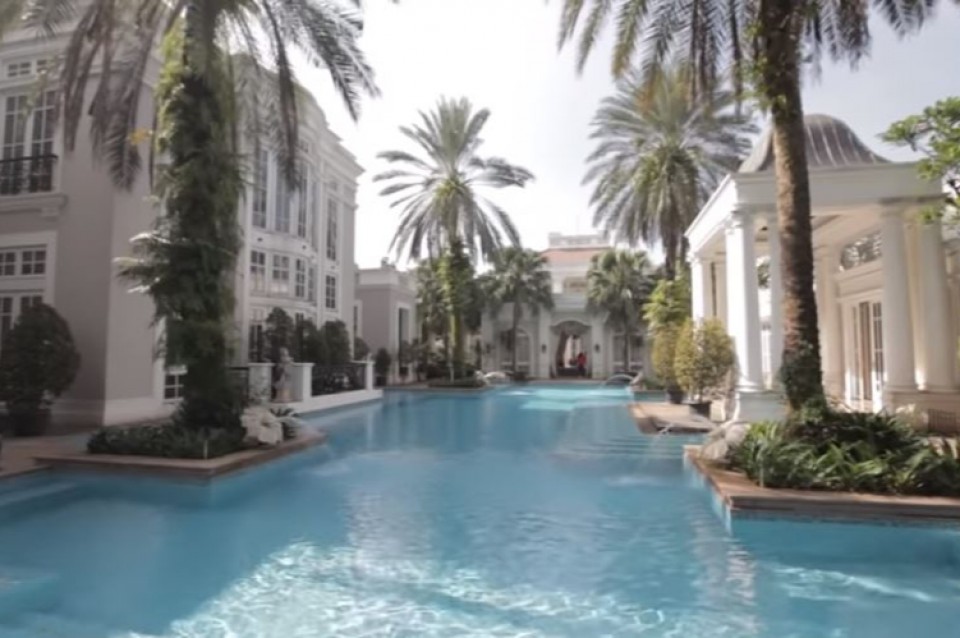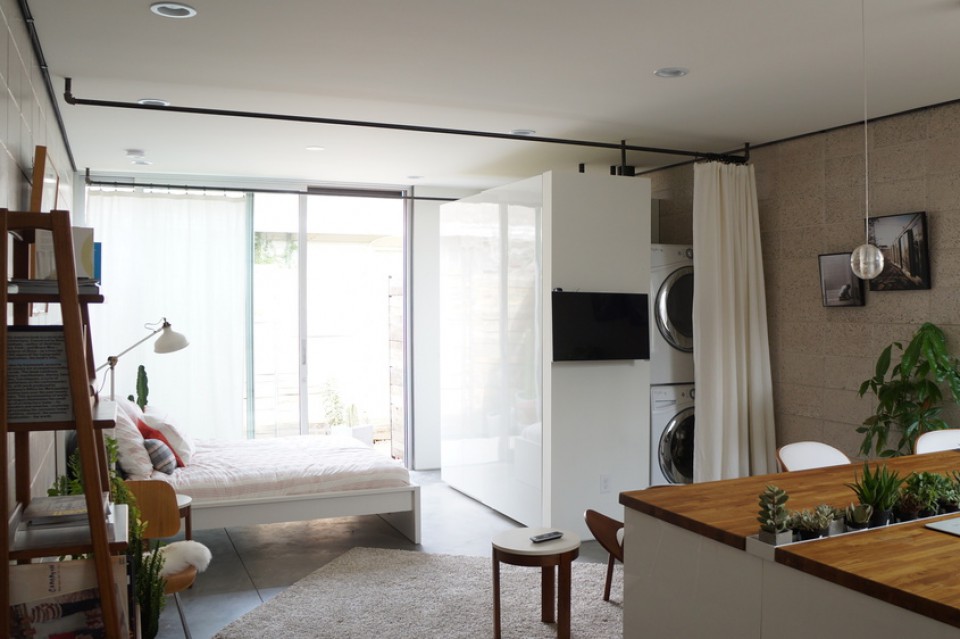The Unique Bottle House in Bandung by Ridwan Kamil: An Environmentally Friendly Home Awarded the Green Design Award 2009 by BCI Asia
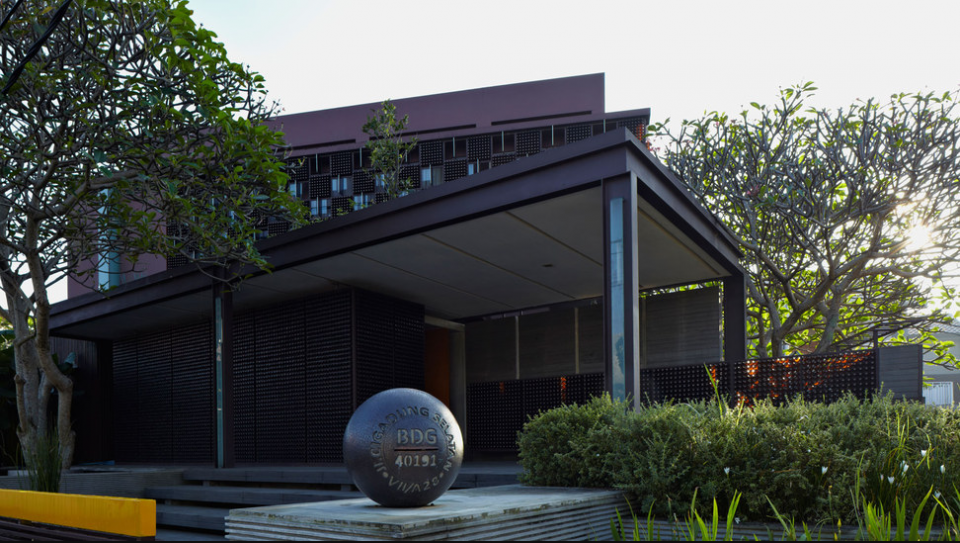
Ridwan Kamil, also known as Emil, the mayor of Bandung, is a renowned architect not only nationally but internationally as well. His works have inspired many, including his own unique home known as the "bottle house." This house is not only unique but also environmentally friendly, as it utilizes discarded bottles no longer needed by his company.
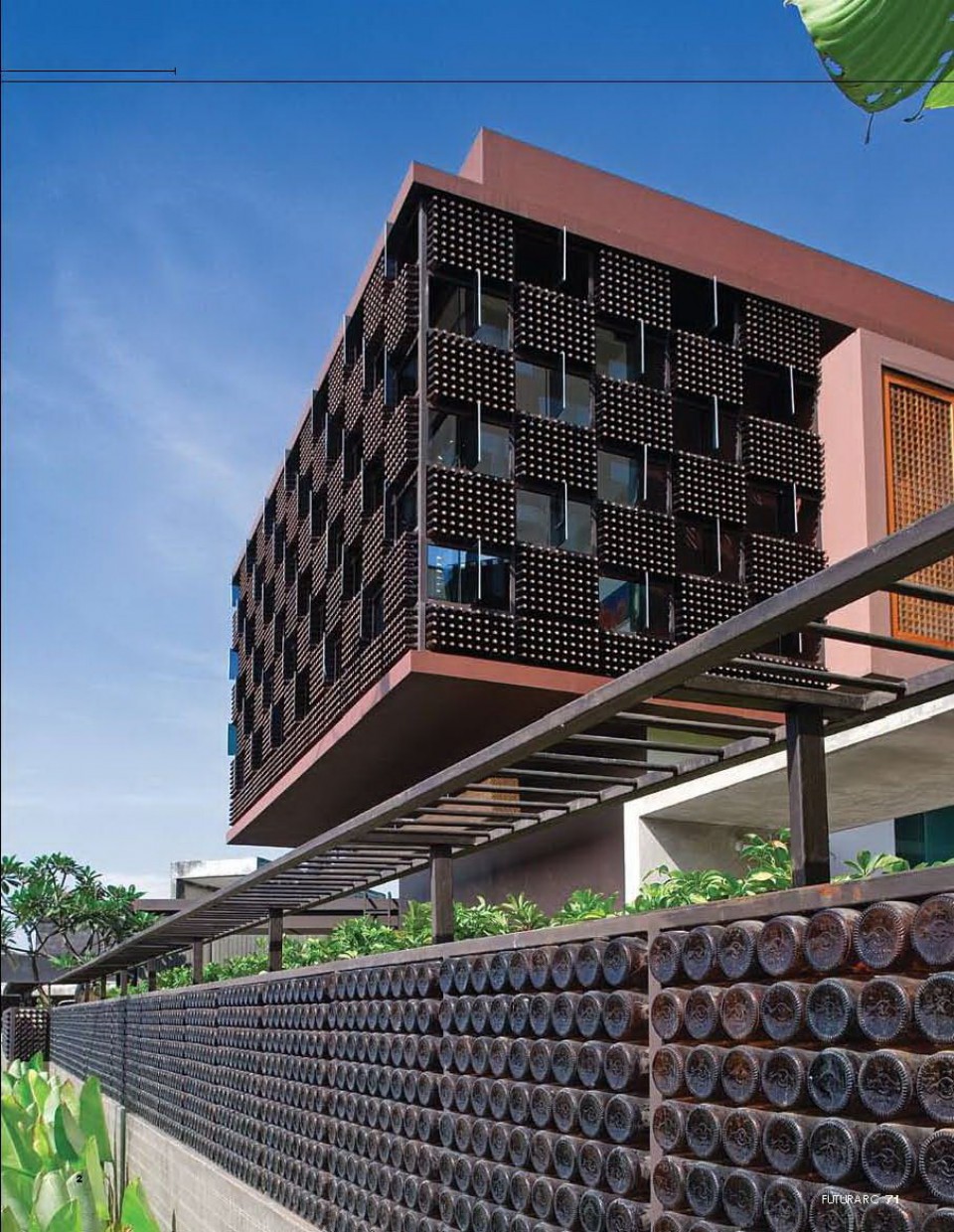
To design his own home, Ridwan Kamil collected 30,000 glass bottles over two years. This was not only to bring his design concept to life but also to reduce waste in his city. Using these bottles in both the exterior and interior of the house was a recycling effort. The idea of using bottles came from Emil's observation that his workers frequently consumed these beverages.
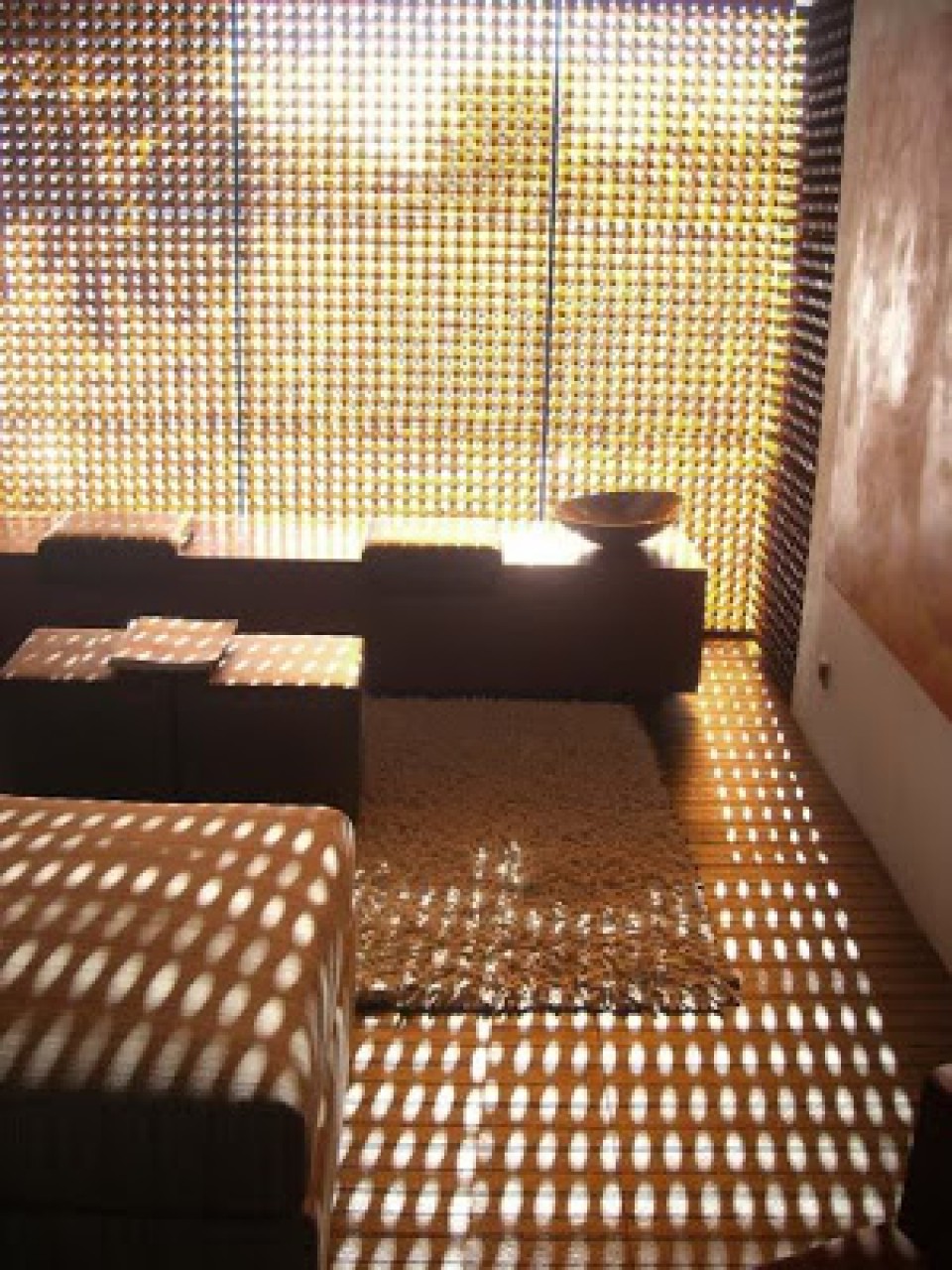
The brown-colored glass bottles are combined with wood, creating a harmonious color theme. Additionally, exposed concrete is visible on the exterior of the house, providing a unique view from the outside. The artistic bottle walls are truly eye-catching and serve as a work of art within the interior.
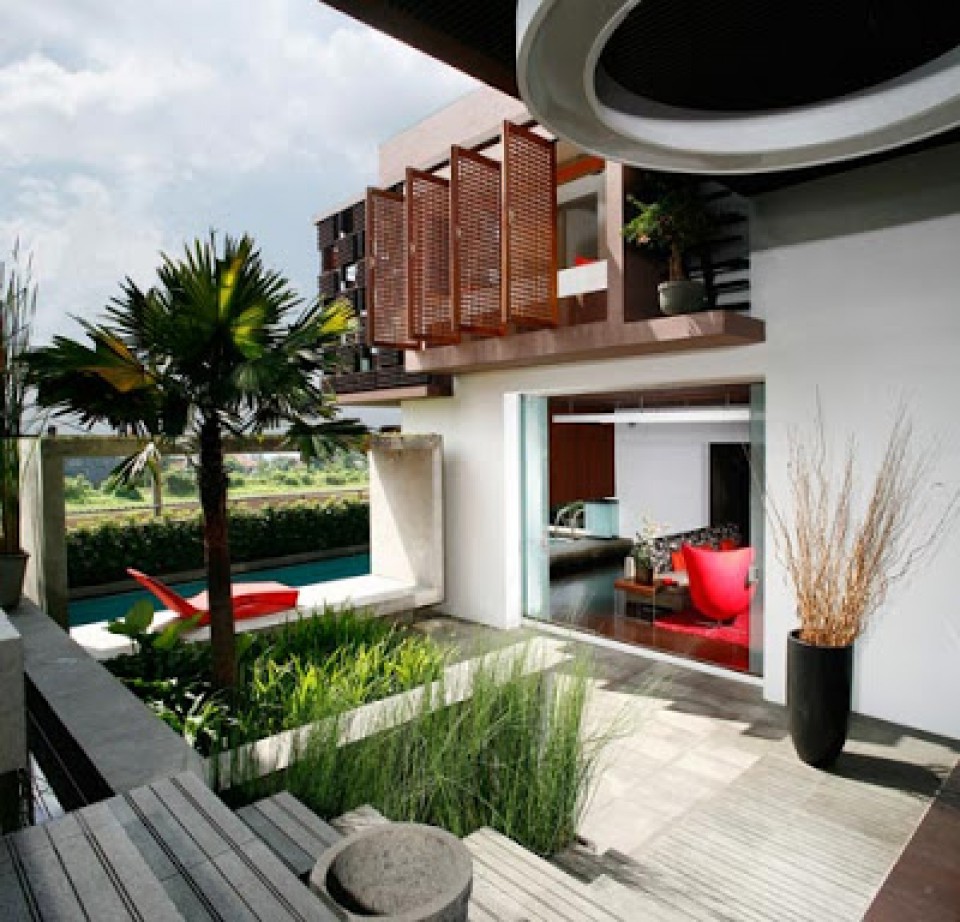
Located in the northern part of Bandung, this multi-level house stands on a 373-square-meter plot of land. The house is divided into three zones. Zone one contains a pavilion for guests. In this zone, the entire pavilion wall is made of recycled bottles. These bottle walls allow outside air to enter the room and provide fresh air circulation.
Zone two houses the main living and children's bedrooms. Private rooms within the house, such as the bedrooms, receive ample natural light thanks to extensive use of glass. However, due to the west-facing position of the bedrooms, sunlight also enters from this direction.
To minimize the impact of the heat, bottles are placed on the exterior walls. Additionally, by placing glass panels 60 cm away from the glass bottle walls, hot air is trapped in the glass bottles and does not enter the rooms. This has been proven through research conducted by the Department of Architecture at Parahyangan Catholic University. Some areas of the rooms are equipped with glass panels that serve as windows, allowing for ventilation.
Zone three includes a garage, kitchen, dining room, and library. Ridwan Kamil designed and created various elements directly on-site rather than using factory-made components. For instance, his white kitchen was designed with resin mixed with fine stones. These two materials form a particular pattern that creates harmony while contrasting with the dark wood flooring.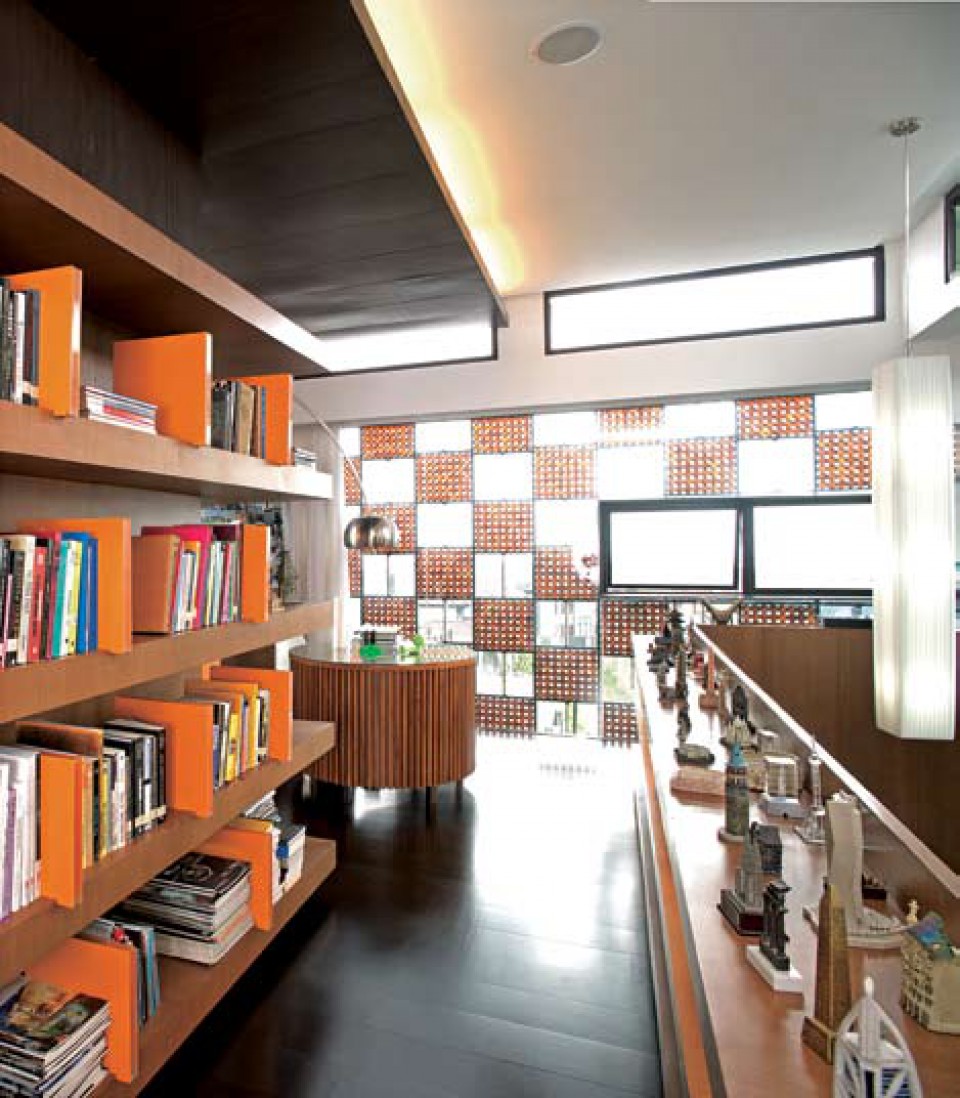
With a total building area of around 320 square meters, the house features an open space layout. The use of room partitions is minimized, providing freedom of movement within the interior. Morning and evening light filters through the bottles, creating shadow patterns in the rooms and setting a special ambiance. The warm hues emitted from the recycled bottles complement the timber wood flooring, reinforcing a resort-like atmosphere.
The house is designed with a unique tropical landscape. There are five small areas used for growing plants and flowers. The presence of water features in the house adds freshness and tranquility. This includes a designed swimming pool with plant pots and vegetation along the pool boundary. Green roofs are also applied in the guest area.
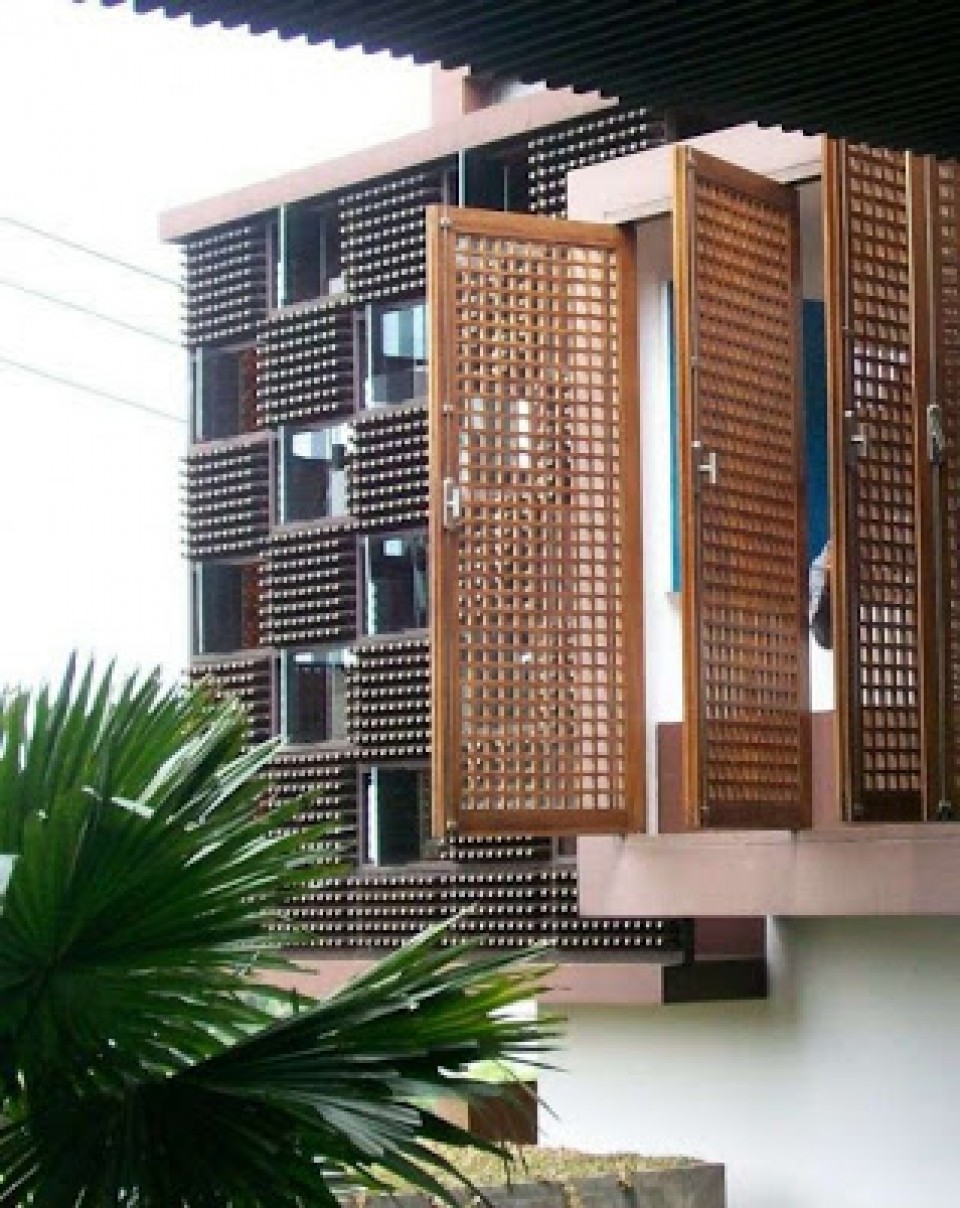
In terms of energy use, the house is well-designed to minimize energy wastage. Clear ventilation concepts such as sliding and folding doors, as well as fully opening windows, eliminate the need for air conditioning. The outdoor area provides fresh air through its ventilation. Cold air is produced through the outdoor water feature. Natural light also enters the house, reducing the need for artificial lighting during the day.
Ridwan Kamil's architectural masterpiece has made Indonesia proud. He was awarded the Green Design Award 2009 by BCI Asia for this work. This achievement placed him ahead of at least 80 other participants from eight Asian countries: Indonesia, Malaysia, Singapore, Thailand, Vietnam, Philippines, Hong Kong, and China.
sumber: bottle house | ridwan kamil's house | photo | photo

